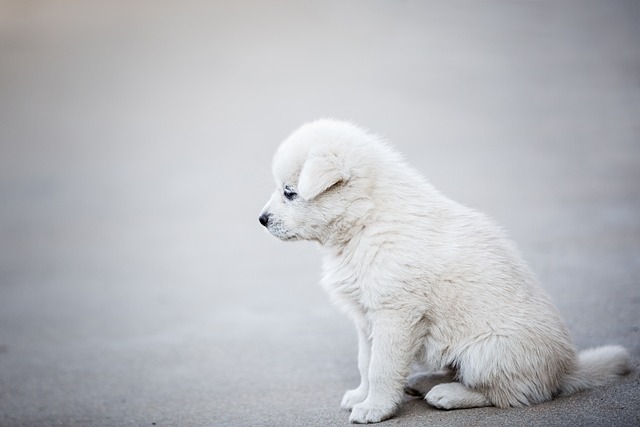
How can I tell if my dog's heatstroke is serious
Let’s be real: It’s a sticky August morning in Los Angeles, and you took your 2-year-old Golden Retriever, Max, for a walk a little later than usual
Watching your furry friend shake their head and paw at their ears is heart-wrenching. An infected ear can turn your energetic pup into a mopey mess, but tackling it doesn’t have to be scary. Before reaching for the ear cleaner, though, let’s talk safety—because doing this wrong can land you in hot water.
First things first: Never DIY with human ear drops or random household liquids. Local animal welfare laws mandate using only veterinary-approved products for pet care. Even that homemade apple cider vinegar solution you saw on social media? It might violate regulations in some areas. Always check the label for veterinary approval, and if you’re unsure, snap a photo of the ingredients list and send it to your vet.
When it’s time to clean, start by gently lifting the ear flap to peek inside. If you see a foul odor, swelling, or thick discharge, skip the home flush and call your vet immediately. These could signal a serious infection that needs prescription treatment. Remember, many regions require a veterinary diagnosis before administering any medical treatment to pets.

For mild cases, use a designated ear cleaning solution warmed to room temperature. Squirt about 1 teaspoon into the ear canal, covering the opening with your thumb to prevent spillage. Massage the base of the ear for 30 seconds—your dog might give you a funny look, but this helps break up debris. Then step back and let them shake their head. It’s messy, but that’s how they expel most of the gunk.
Grab a soft cotton ball or gauze pad to wipe away remaining dirt. Avoid using Q-tips; they can push debris deeper or damage the eardrum. Be extra gentle around the ear canal entrance, as this area is sensitive. If your dog gets antsy, give them a tiny treat between steps to keep things positive.
After cleaning, monitor your dog closely. In some areas, leaving an untreated ear infection can lead to animal neglect charges if it progresses. If symptoms persist after two days, or if your dog shows signs of pain like growling when you touch the ear, schedule a vet visit. Remember, responsible pet ownership means knowing when to step in and when to let the professionals handle it.
Taking care of your dog’s ears isn’t just about hygiene—it’s about being a savvy pet parent who follows the rules. By using proper products, knowing when to seek help, and keeping stress levels low for your pup, you’ll have them back to their happy, ear-wiggling self in no time. And if you ever second-guess a step, don’t hesitate to reach out to your local vet clinic—they’re there to help you navigate every wagging tail moment.

Let’s be real: It’s a sticky August morning in Los Angeles, and you took your 2-year-old Golden Retriever, Max, for a walk a little later than usual

You're enjoying a summer afternoon at the park when you notice your dog has stopped panting and appears disoriented - their gums are bright red

Let’s paint the picture: You’re in your Denver apartment, watching your 4-year-old Boston Terrier, Ruby, plop down mid-play session with her favorite toy

Many dog owners notice their pets nails seem shorter after regular walks,but how much does this daily activity actually help?The answer depends on where you walk—concrete sidewalks or asphalt streets gently file nails as a dog's paws hit the ground

Most dog owners notice their pup scooting across the carpet at some point, but few connect it to impacted anal glands. These small sacs near a dog’s rectum secrete a scent for marking territory

Most vets agree that regular dog teeth cleaning is key to avoiding painful dental issues later. For healthy adult dogs, a professional cleaning at the vet’s office every 12 to 18 months usually works well.